


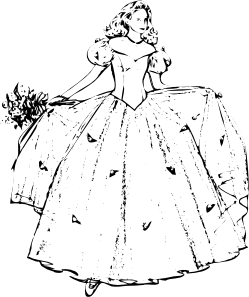
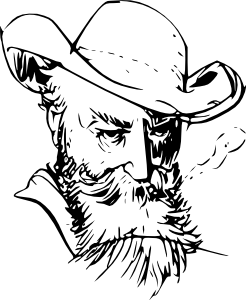

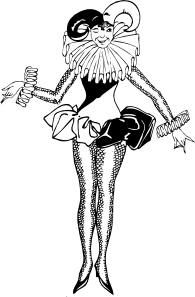
Chapter 2
CREATING CHARACTERS
There are a few typical types of characters we see in stories. These are often called "Archetypes". If you think of some of your favorite recent movies, I'm sure you can probably find these character types or archetypes in them.
1. The Hero
2. The Romantic interest
3. The Teacher
4. The heroes best friend
5. The cute or funny helpers
6. The Villains
The Hero

The term hero refers to a person that rescues or helps others. In adventure stores, this is usually the main character that we follow. A broader term is protagonist. The protagonist is the character that a story focuses on emotionally. By mostly following one character we come to understand how they feel and why they make the choices they make. This helps us empathize with them. Empathize means to some extent we feel what they feel. We feel sad when things go poorly for them and we are happy when they succeed. It's like how we want our friends to succeed because we understand them. We spend time talking with them and understand what they want and how they think. For this reason a protagonist needs to be likable. They need some kind of virtue or good values that we like. Their values can't be too good, because the hero needs to learn in the story. That's what the teacher is for.
There are also different kinds of heroes. Some examples include;
1. The young hero2. The reluctant hero
3. The anti-hero
The Young Hero

_2.jpg)
The young hero starts off without any experience in handling danger, but has great ideals. They want to serve the greater good, but have not had the opportunity. They start off naive and sometimes arrogant, but their quest helps lead them to a greater maturity. Examples could include Harry Potter and Luke Skywalker.
The Reluctant Hero


The reluctant hero is often also called an unlikely hero. They are seen as unlikely because at first they don't seem to posses the necessary skills of a hero. Their heart is in the right place. They are usually not selfish and often times very humble. They have good intentions, but don't think they can aspire to be a hero. They usually get caught in a situation that makes them have to become a hero to survive. A common plot with reluctant heroes is the mistaken identity situation. For example the villains mistake the hero for some super spy. We root for the reluctant hero because of their humble values and also the fact that they are considered unlikely to succeed. We want to see them prove to others that they were judged wrongly. Their quest serves to give them more confidence. Jackie Chan and Jim Carrey often play these kinds of heroes.
The Anti-Hero

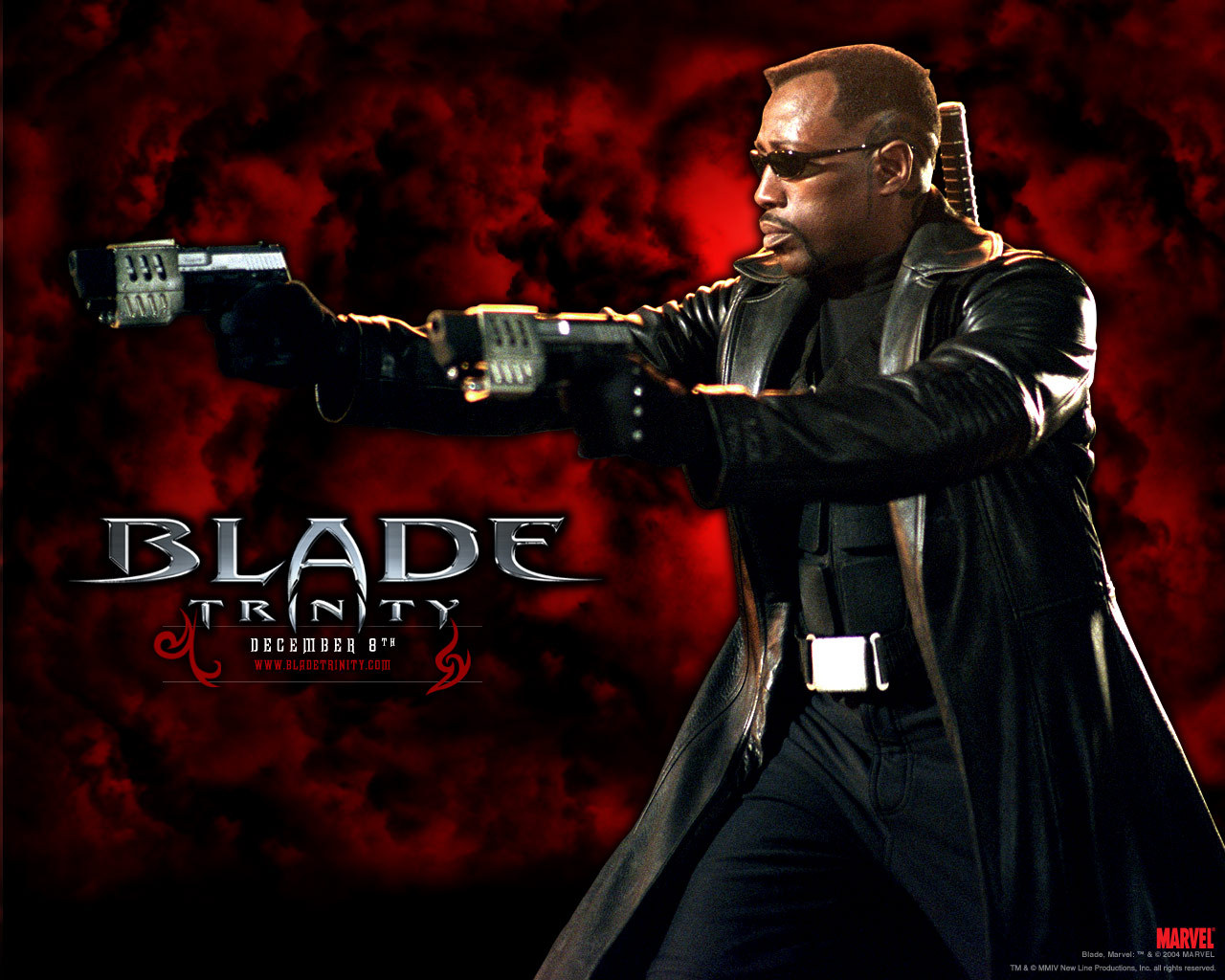
The anti-hero is very able and competent, but lacks the sensitivity and caring of the reluctant hero. The term Anti-hero is used because they often seem like villains. They wear dark and sinister looking clothes and rarely smile. They come across as being very cold and unfriendly. They don't seem like the kind of person that would be well liked under normal circumstances, yet people do like these characters. We like them because they're practical and willing to do what's necessary. They lack the arrogance and idealism of the young hero and so they're not afraid to look ugly or be unpopular. That willingness to be unpopular in order to get the job done is what makes them likable. There's honest in their rough behavior. Also, during the story their vulnerability is gradually revealed drawing us further into the character. We admire them for setting aside their fears and insecurity. During the story they learn to be more compassionate. Often a love interest will make them reveal more vulnerability.
The kind of hero you choose can really make a big difference as to the kind of story you have because the theme of the story often centers around the lessons that the hero must learn. Here's a comparison chart showing the difference between the heroes, why we like them and what they learn in the story.
| ~~~~~ | Why we like them | ~~~~~ | What they learn in the story |
The Young Hero | Innocent Idealistic | ~~~~~ | Wisdom Humility |
The Reluctant Hero | Humble sensitive | ~~~~~ | Confidence Courage |
The Anti-Hero | Practical Competent brave | ~~~~~ | Compassion Sensitivity |
The Love Interest
 | The love interest typically serves the purpose of making the hero more vulnerable. In more recent stories the love interest also acts as a partner helping the hero in the quest. In the past heroes were usually male with a female love interest, but now there are more and more female heroes with male love interests and sometimes they're more like co-heroes. The life of the hero becomes more important when we know they have someone that needs them. It also can create tension. The hero may be very competent, but they may need to save their love interest. As mentioned above, a love interest also can bring out the sensitive side of an Anti-hero. You can see such a situation with the typical gender roles reversed in the recent American TV show "Chuck". |
In the TV show "Chuck" a female character named Sarah is a sort of traditionally male Anti-hero type. Her love interest is the Geeky reluctant hero named Chuck that brings out her sensitivity. It's a great example of the changing gender roles in stories. Instead of her being helpless and always needing rescuing, they are more like co-heroes. |  |
The Teacher
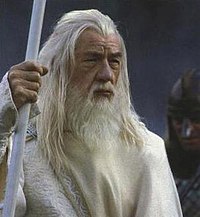 | The teacher is often called the Mentor. They're not often a teacher professionally that stands up in front of a class everyday. They serve to teach the hero about the challenges they are about to undertake. They are usually very old. This makes them physically not able to do the job of the hero. They help move the plot along by explaining things to the hero instead of having the story drag out as the hero has to figure everything out for themselves. They are also enjoyable characters. We love their confidence and wisdom. Many times they die in the story leaving the hero feeling vulnerable. At that point the hero finds the confidence to continue on without the aid of the mentor. |
The Best Friend
| The hero often has a friend known as the "Side kick". Often they're funny and they provide someone for the hero to confide in. |
Cute and Funny Characters
 | Often there are other characters thrown into a story that help the hero and are also there to be cute or funny. In fantasy stories these characters might be monsters or robots. |
The Dark Side
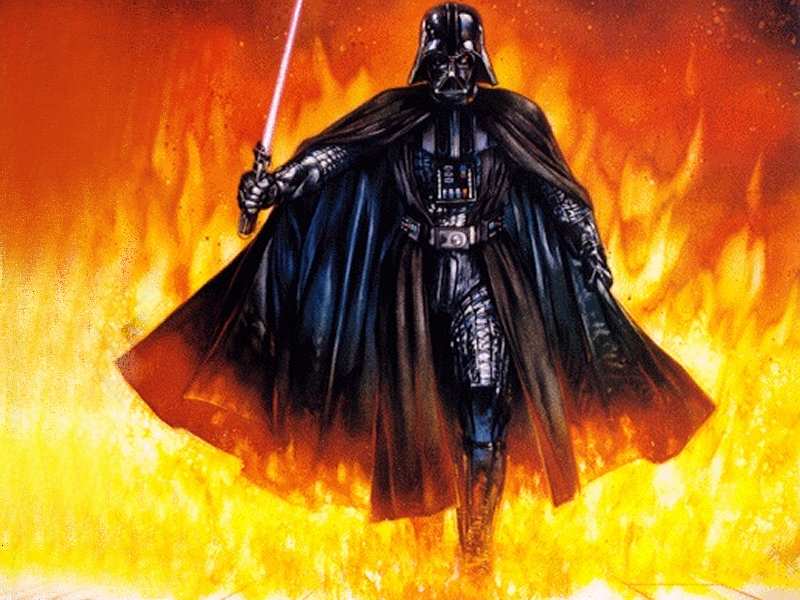
Most stories have someone that is going up against the hero. They are often called an antagonist. They aren't always evil. In a different story they might even be the protagonist, but their values should contrast with the hero and what they want is in opposition to what the hero wants. They stand in his or her way. Some stories have really mean and horrible villains and that can really get the audience rooting and cheering for the hero. Some antagonists have very understandable motives and you can almost empathize with them as much as the hero. Stories with such moral complexity have a harder time getting people cheering, but they can be much more thought provoking. A great example of moral complexity is in the X-men series. You have the mentor, Charles Xavier, being a very close friend to the villain, Magneto.
Charles Xavier enjoying a game of chess with his close friend and enemy Magnet. The X-men series has great moral complexity and shows how life is not so black and white. It's interesting to note that in this image the mentor is wearing black and the antagonist is wearing white breaking from traditional ideas of good and evil. |  |
 | The villain also has some typical characters that help oppose the hero. Often there are dark parallels to the heroes team of archetypes. The dark version of the love interest is the seductress, who uses sexual appeal to manipulate. You can see the contrast with the love interest that through romance teaches the hero compassion. Sometimes they will be manipulating the villain to continue doing evil, or they might be used to trick the hero. Just as the hero has a mentor, the villains often have dark advisors. Sometimes villain even has his own side kicks and sometimes cute and funny servants. |
No comments:
Post a Comment